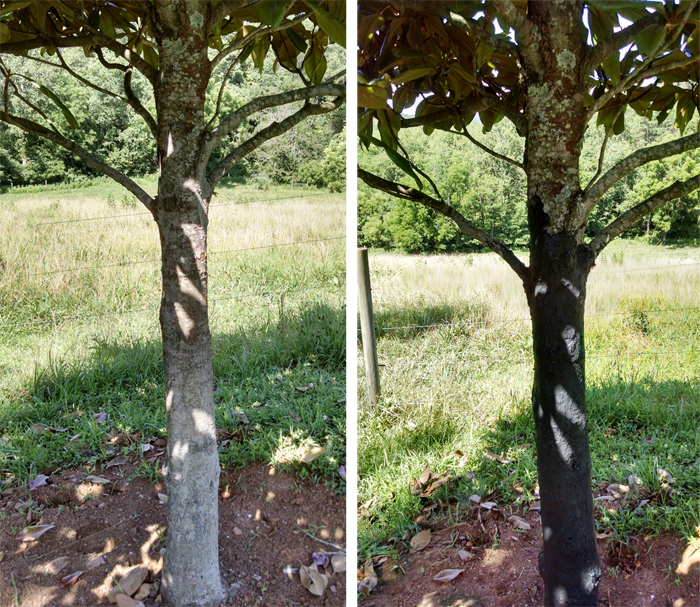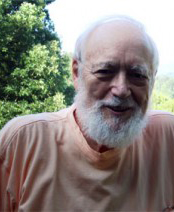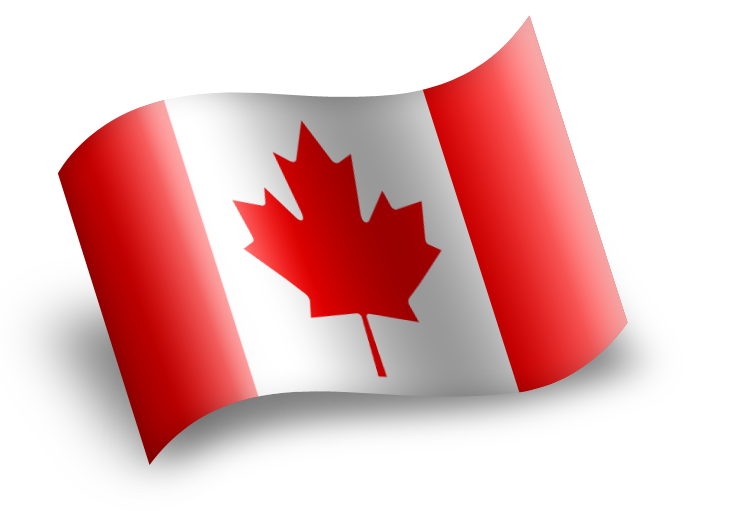by Hugh J. Courtney, 2019 Celestial Planting Calendar
Tree paste is an excellent way to fertilize a tree and help it deal with disease. It can be applied any time of the year but one preferred time is late in the fall or in late winter. Here is a simplified version with proportions calculated to make enough paste to apply to several trees.

Suggested equipment and materials
• Power drill with ½ inch mixing chuck
• 5 or 6 gallon (19 or 23 litre) bucket
• 5 pounds (2.25 kilograms) Bentonite clay
• 2 to 2.5 gallons (7.5 to 9.5 litres) water (see below)
• ½ gallon (2 litres) fermented Equisetum tea (BD508)
• 2 units ELA (Earth Legacy Agriculture) Field Activator
Preparing the water
Water from a well should be exposed to the sun and starlight for at least 24 hours prior to use. If the water is chlorinated, 48 hours of exposure is recommended. Fresh, not stagnant, pond water is acceptable. Recently collected rainwater is preferred but be aware of its acidic properties. The ideal container for exposing water to sunlight is a copper kettle or a ceramic crock. A stainless steel container can also be used. A plastic bucket is a last resort, but never use an aluminum container.
Tree Paste Instructions
Place two gallons of de-chlorintated water in a five- or six-gallon plastic bucket. Slowly add the clay while stirring contents using the power drill mixer. Mix the water thoroughly with the clay (20 minutes). Hand mixing requires several hours. When half of the clay has been added, slowly add the ELA Field Activator and the fermented Equisetum tea and continue to stir.
Add the remaining clay until the mixture is thick and pastelike. Let it sit for a few hours. Stir again slightly to see if additional water is needed. If the material is to be applied in a spray form, dilute to the desired consistency suitable for your spray equipment—possibly twice as much water as originally called for. Three units each of Biodynamic Compound (BC) Preparation and Horn Manure (BD500) may be substituted for the two units of the Field Activator.
Prior to applying tree paste, remove as much loose bark as possible using a wire brush, putty knife or other scraping tool. Use an extra-large brush to apply the paste to the tree trunk and larger lower limbs. Heavy duty rubber gloves may also be used.
Binding agents sometimes used
• Castor oil: ¼ cup or less, also used as a healing agent
• Linseed oil: ¼ cup or less
Some recipes add Horn Silica (BD501) preparation, powdered stinging nettle, liquid seaweed, whey, diatomaceous earth, lime, as well as other helpful ingredients. For further reading on tree care and how to apply tree paste, see Ehrenfried Pfeiffer’s "The Biodynamic Treatment of Fruit Trees, Berries and Shrubs".
 Hugh Courtney - Writer, Mentor, Teacher, Researcher Hugh Courtney - Writer, Mentor, Teacher, Researcher
In addition to contributing articles, Hugh Courtney has taken on the advisory role of forecasting favourable and unfavorable times for this calendar. He has devoted more than 40 years to perfecting the art of making biodynamic preparations. Taking a cue from his own mentor, Josephine Porter, who declared, “These preparations are no secret, I will teach anyone who wants to learn how to make them,” he has mentored hundreds of people on the finer points of making quality preparations.
Ever concerned about keeping this special art form alive into the future, in 2009, Hugh founded Earth Legacy Agriculture, LLC to provide quality preparations for discerning practitioners. www.earthlegacyagriculture.com
|


![]()


 Hugh Courtney - Writer, Mentor, Teacher, Researcher
Hugh Courtney - Writer, Mentor, Teacher, Researcher